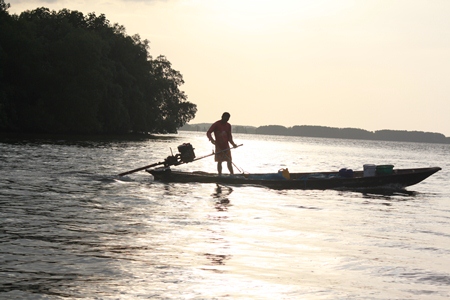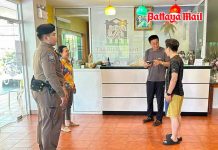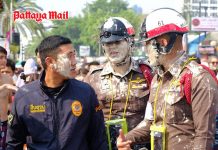There are no roads in Bang Chan. For families in this “no land village” off the coast of Chantaburi, going to work or just to visit a neighbor requires a boat.
Much like the more-famous “floating villages” of Myanmar’s Inle Lake, Bang Chan, in Chantaburi’s Lung District, is a fishing village built on the water. Houses rest on stilts, even the children paddle around and success is judged by the size of the day’s catch.
Life has remained unchanged here for decades, except for the slowly increasing numbers of tourists. They come from the cities, and a few from the west, to see the way things used to be in Thailand, before neon and shopping malls. They’re not disappointed.
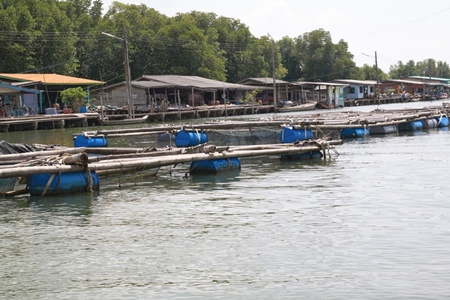 Bang Chan, in Chantaburi’s Lung District, is a fishing village built on the water.
Bang Chan, in Chantaburi’s Lung District, is a fishing village built on the water.
The 450 or so families living here seem largely unfazed by tourists. “We aren’t changing our normal way of life just for tourism,” said Varee Jan, owner of the Bang Chan Happy Homestay guesthouse. “We’ll follow our normal routines and tourists will adapt themselves to it.”
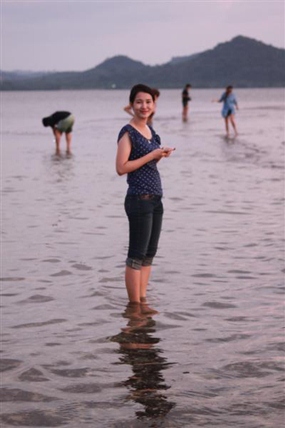 The Waeru estuary, where fresh water meets the sea.
The Waeru estuary, where fresh water meets the sea.
Accessible via ferry at Chantaburi’s Ang-Krapong Pier, the village is accessed via the Waeru estuary. In reality a group of six communities, the so-called “no land village” uses nets to divide fishing grounds, with families pulling up catches into floating baskets each day.
Homes, built along mangrove and intertidal forests, are surrounded by water. Unlike in Myanmar’s floating villages, motors, not paddles, are used to traverse canals. The only land is a strip of footpath in front of homes constructed by the local government.
Tourism revenue is almost an anomaly in this community, which embodies HM the King’s “sufficiency economy” philosophy. Families provide for themselves and readily lend a hand to neighbors, a practice local fisherman Somporn Benjaphrom calls “jek lai.”
“Villagers here live like siblings,” Somporn said. “Whenever there is work or activities, the community will help one another. For example, whenever a house is repairing boats or laying fish nets, we all help one another. This is how we have lived for a long time.”
For tourists, beyond observing daily life, there is the Sao Jao Pho Kaknam Waeru temple to visit. Many these days, however, come for the “eco-tourism,” watching, for example, the native red-backed sea eagle swoop down on its catch.
Varee, whose Happy Homestay can accommodate 30 guests, offers a bounty of seafood for meals and tours by the community’s “man of many smiles” Manop Nilchavee.
Manop said tours run through the mangrove forests, through the eagle hunting grounds of Moo 4’s Ban Thepkhayang and to the black sand beaches of Waek Bay.
Many wonder if the simple life of Bang Chan can survive the influx of tourists. But, for now, things remained unchanged, offering visitors a window into an unknown chapter of Thai history.
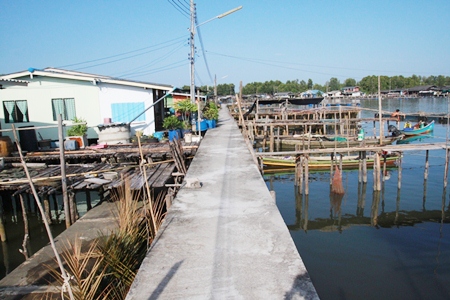 The only land is a strip of footpath in front of homes constructed by the local government.
The only land is a strip of footpath in front of homes constructed by the local government.
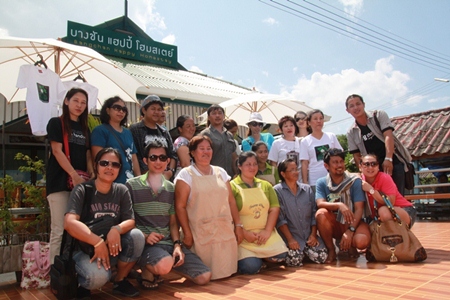 At the Bang Chan Happy Homestay guesthouse, tourists can experience the way things used to be in Thailand, before neon and shopping malls.
At the Bang Chan Happy Homestay guesthouse, tourists can experience the way things used to be in Thailand, before neon and shopping malls.
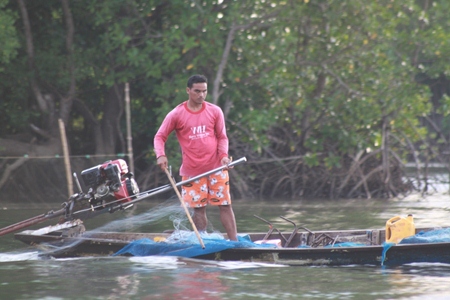 A fisherman lays out his net, which will spread out over 2 km.
A fisherman lays out his net, which will spread out over 2 km.
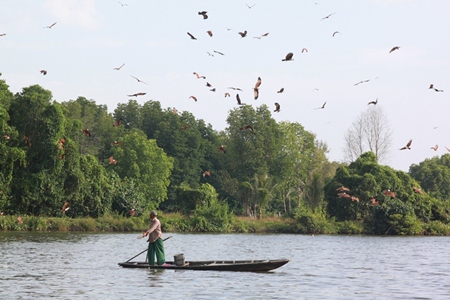 A fisherman feeds the red hawks, which can be found in abundance here.
A fisherman feeds the red hawks, which can be found in abundance here.
